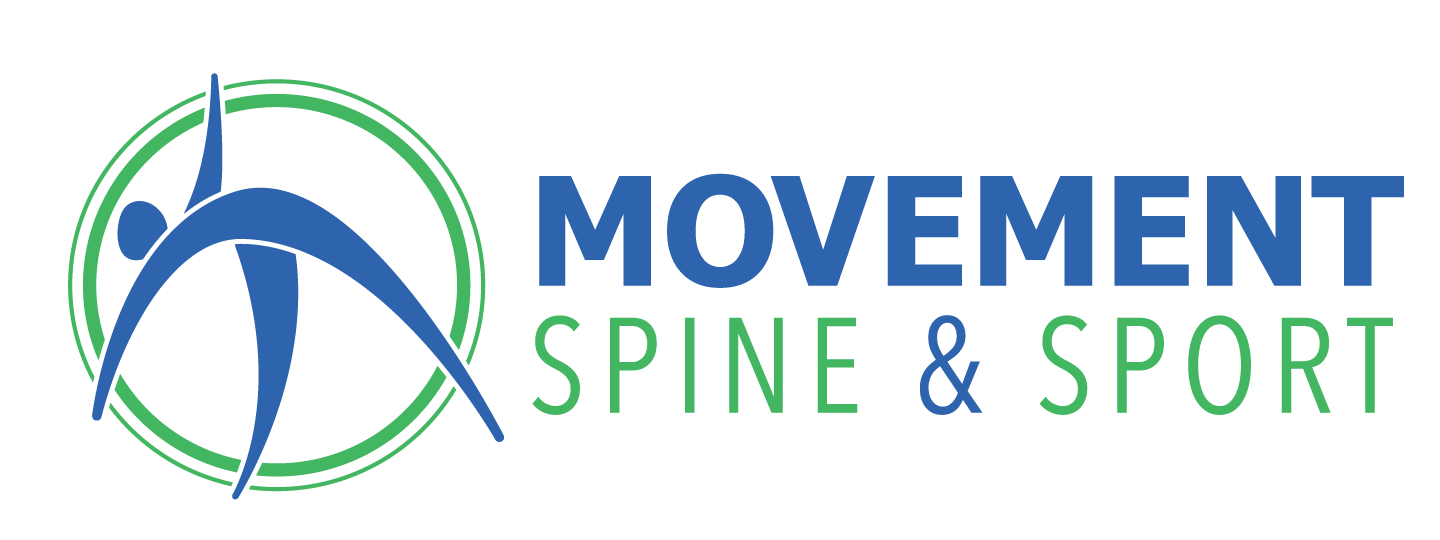Flexion Distraction (COX) Technique
Pain (Spinal Stenosis)
No Pain (No Spinal Stenosis)
Flexion Distraction (COX) Technique
Flexion Distraction is non-surgical, doctor-controlled, hands-on spinal manipulation performed with the patient lying face down. This table permits an effective administration of flexion distraction and decompression adjustment and manipulation.
Well-researched and documented, flexion-distraction and decompression helps relieve spinal pain and return patients to their desired quality of life by …
dropping intradiscal pressure to as low as -192mm Hg*
widening the spinal canal foraminal area by 28%
reducing pressure on the spinal nerves
returning motion to the spinal joints
The goal of flexion distraction is to help the spinal pain patient go from "pain" to "no pain" as quickly as possible!
IRRITANTS: Mechanical and Chemical
Spine and extremity nerve pain stem often stem from two irritation sources: mechanical and chemical. Mechanical irritation stems from mechanical nerve compression while chemical irritation stems from chemical inflammation of the spinal cord and its exiting nerves that extends pain out to the arms and legs. Research explains that the degree of pain and disability due to to mechanical irritation depends on the degree of mechanical force on the nerve and further lists chemical inflammatory factors contributing to pain and disability.
This specialized technique used to reduce mechanical nerve compression by lowering disc pressure on the nerve and increasing the size of the nerve opening that the nerve exits from the spine. This narrowing of the nerve openings is called spinal stenosis, and our goal of treatment is to reduce that pressure and improve disability and quality of life's activities.
Improved circulation and reduced local irritation may reduce the chemical agents in the spine and around the nerves that cause pain and disability. Specialized MRI studies do show improved circulation following spine manipulation as well as increased ranges of motion of the spine. (Kuo, Beattie, Chung, Wong, Sung)
This Evidence-based technique is appropriate for conditions causing low back and leg pain as well as neck and arm pain. It also reduces pain attributable to …
disc herniation
a slipped disc
a ruptured disc
facet syndrome
stenosis
spondylolisthesis
synovial cyst
continued back pain after back surgery
other conditions





